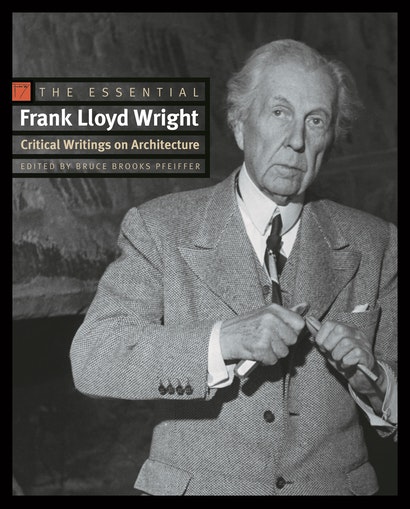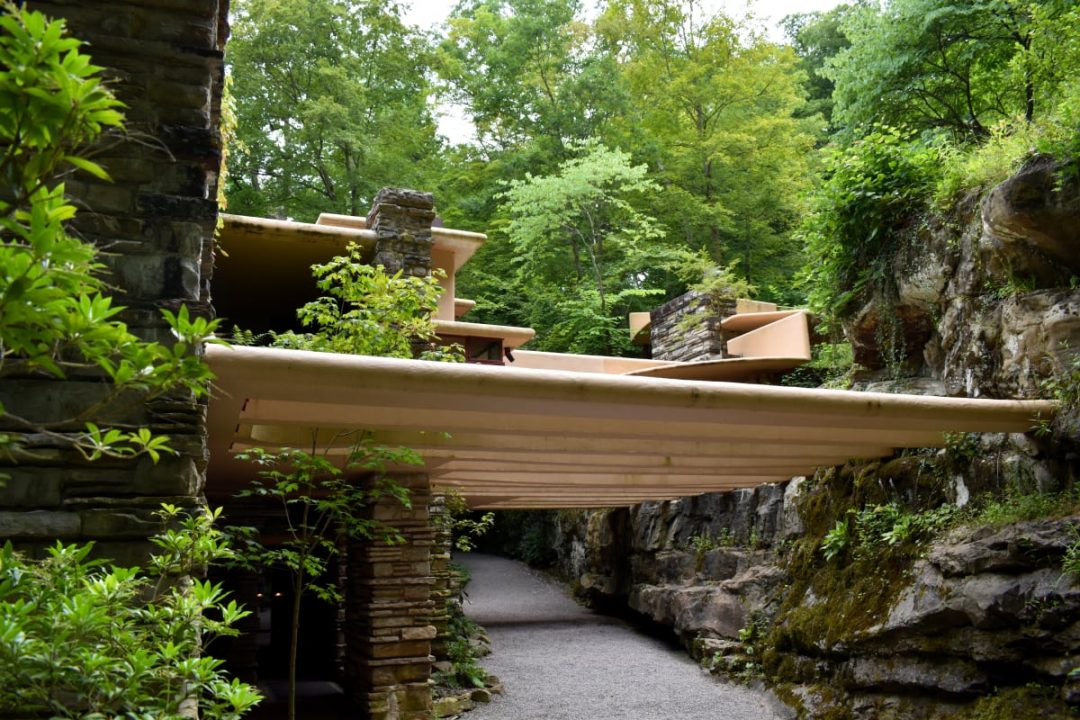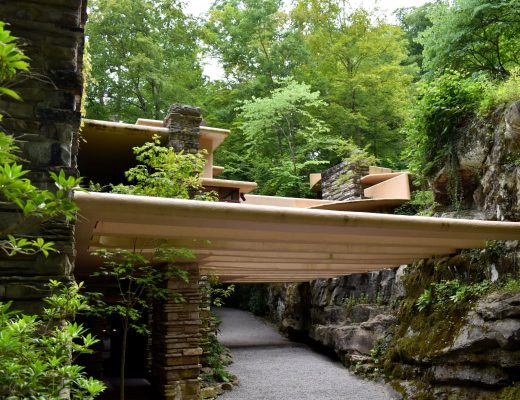
Fallingwater, constructed by Frank Lloyd Wright between 1935 and 1939, is one of the myths of modern architecture, an icon that has been studied and analyzed many times, because it is unique and destabilizing, provocative and enchanting, irreverent and brilliant. In fact, these adjectives are also often used for the man as well.
Seeing this house had been a dream of mine for many years. It had a special place in my imagination and I needed to go there, situated deep in the Pennsylvania woods, to feel “face to face” what this house had brought to life in me, just from a photograph.
There is a magnetism in this place that is difficult to understand at first. Of course, the idea of putting a house on a waterfall is particularly judicious and clever. Of course, the dramatic concrete levels cantilevered over the waterfall is extraordinary. Of course, the integration to the site is perfect, delicate and poetic. But all this does not make the real magic of it.

To accomplish this innovative architectural solution (we were in the 1930s!), something – for me – surpasses the multiple interpretations that have been written about this place, and this something is the most precious treasure that Frank Lloyd Wright has passed down to us: the elixir of eternal youth!
We must remember the incredible context.
When Edgar Kaufman, a wealthy Pittsburgh industrialist, asked Frank Lloyd Wright to build him a vacation home “facing” a waterfall, Wright was 68 years old and hardly anyone was interested in him anymore. The talented architect who invented the “Prairie Style” so popular at the end of the 19th century had long been forgotten.
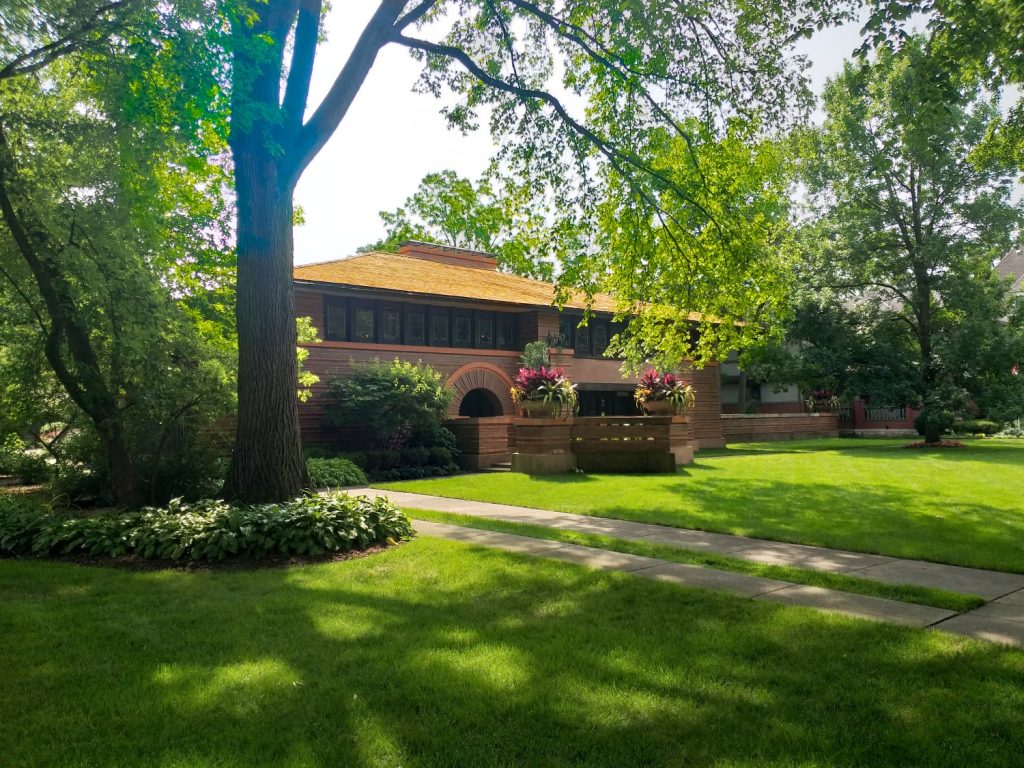
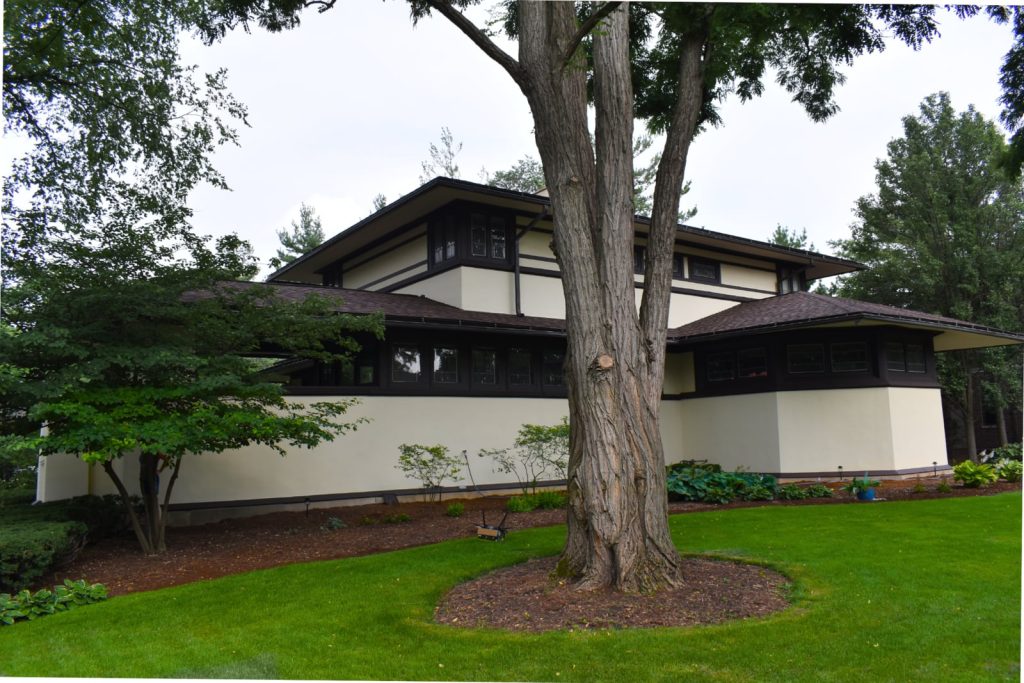
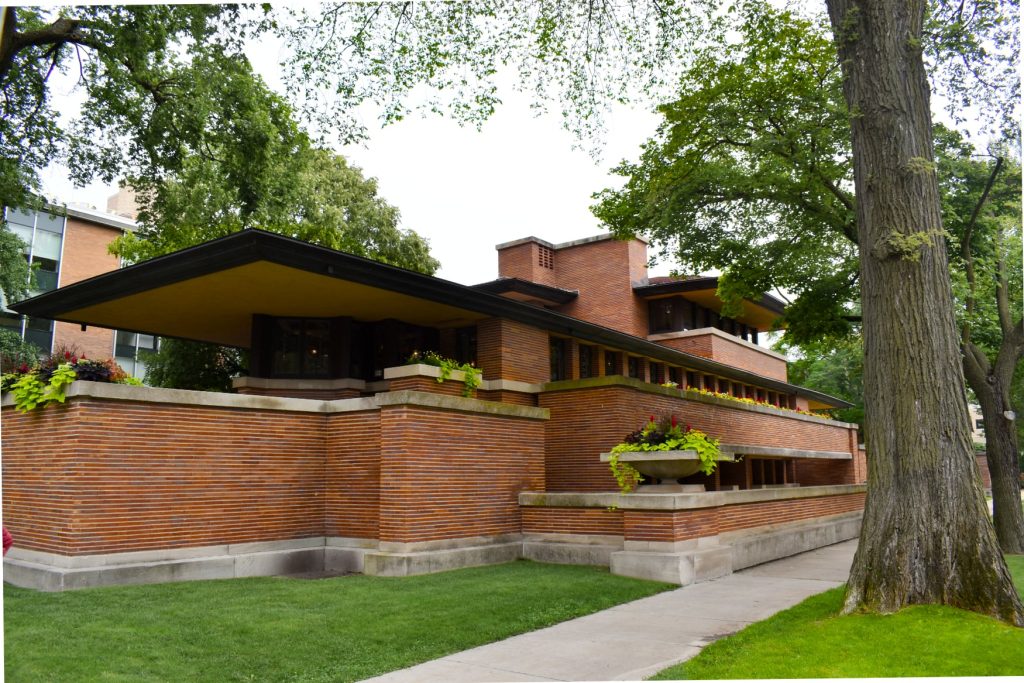
Everything that Wright had brought to the table, by breaking away from the old European styles, by introducing those horizontal lines that he called organic architecture, by punctuating his interiors with Japanese design concepts, by refining every corner with matching furniture and fixtures, was already considered outdated in the face of modernists such as Le Corbusier or Mallet Stevens.
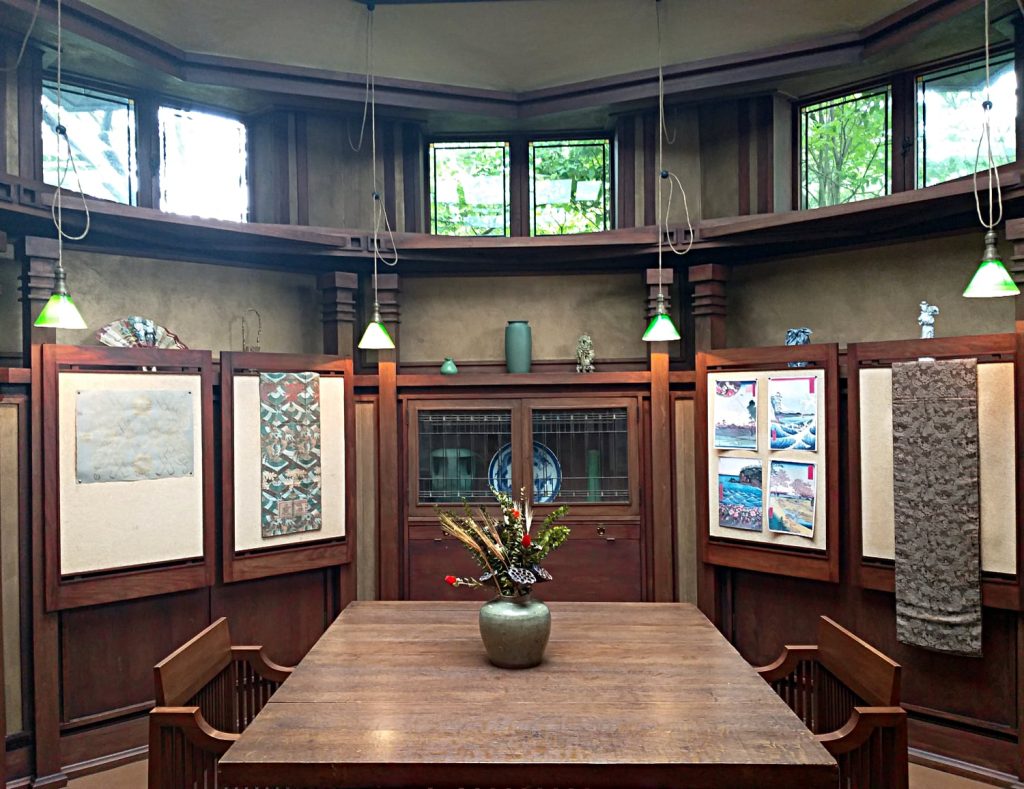
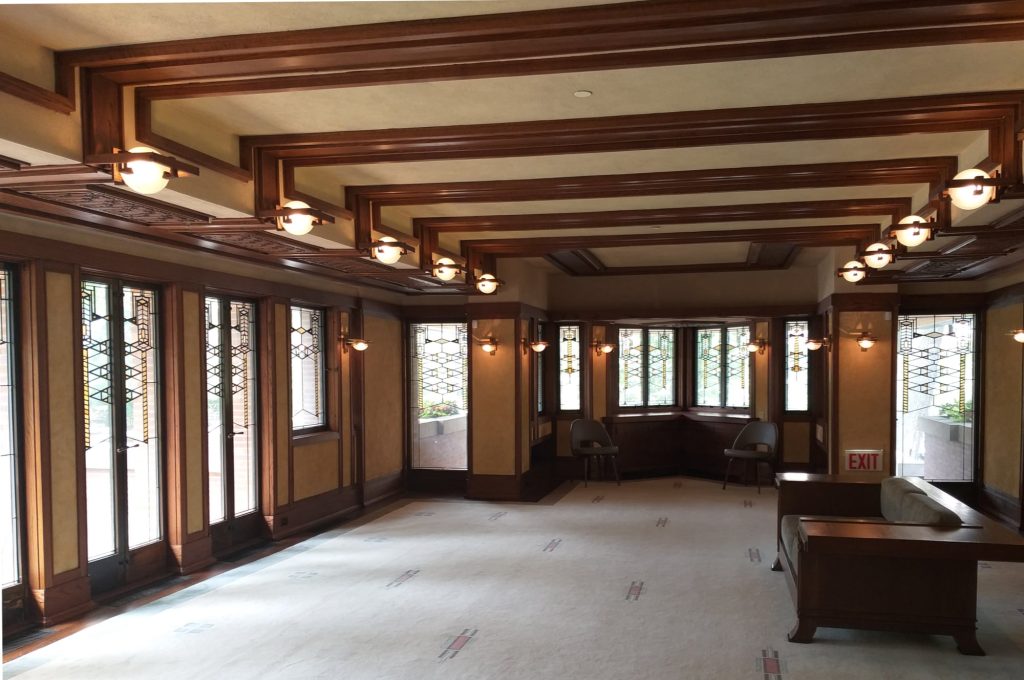
In fact, he was simply a “finished” architect by the members of his profession. He consoled himself in his own way by writing his autobiography, but faced with a crucial lack of money, he was forced to organize workcamps for young people on his property in Taliesin, Wisconsin. His reputation had suffered from a somewhat sulphurous life, an arrogance that he had never shed and an anti-conformism that he was proud of.
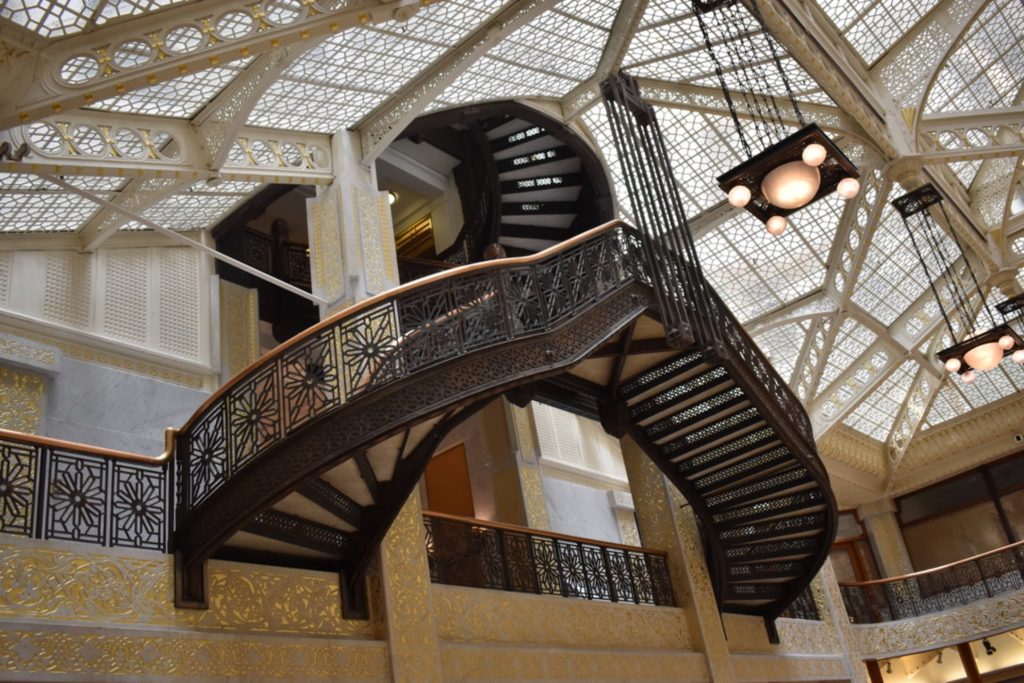
“He who wants to be a man must be a non-conformist. Nothing is more sacred in the last resort than the integrity of his own mind.”
Frank Lloyd Wright

Faced with his detractors, Frank Lloyd Wright still believed in Frank Lloyd Wright, even though people had turned away from him.
Unity temple – Chicago – 1905-1908
It is said that a great exhibition of architects had just been organized at the same time in Chicago, considered to be “the” city of modern architecture (thanks in particular to architects like him) but that the organizer had almost forgotten to invite him, believing that he was already dead!
At this time, a commission for a vacation home has arrived. Instead of being happy about it, Frank Lloyd Wright treated his client with his usual flippancy and morgue. He delayed, he procrastinated, and he annoyed his client so much that he ended up believing that the project would not be built. But suddenly the genius, lurking in this supposedly outdated man, appeared with an uncommon flash of brilliance. In a few days, he drew, designed, projected and commented on the house he proposed to Edgar Kaufman, who was left speechless and quite furious. It was not a house facing the waterfall, but above the waterfall, and it would cost five times more than expected.
However, Frank Lloyd Wright was convincing and Kaufman rich enough to follow this crazy architect to the end of his delirium. Everything was contrary to what he expected, but he continued with the project. Thus was born the house that revolutionized American architecture of the 20th century, imagined and built by a man that everyone had already forgotten. Frank Lloyd Wright had just turned 72 and was suddenly thrust to the forefront of the world stage by the unanimous press, with this work that presented him as the most brilliant futurist of contemporary architects.

Do we have any idea of what that means? The most ingenious and modern man of all time was over 70 years old and starting a new career that surpassed the first one he had already lived. The orders were pouring in and Frank Lloyd Wright was once again creating hundreds of houses that looked like no other. He was not relying on his glorious past and his references, not even with the house on the waterfall, which remained unique. He invented because he was becoming more and more creative and more and more … young. His new objective was to design houses for more modest budgets and a new type of architecture appeared, called Usonian. These more compact houses, still somewhat inspired by Japanese precepts, were all the rage. He was overwhelmed and his professional activity had never been so intense.
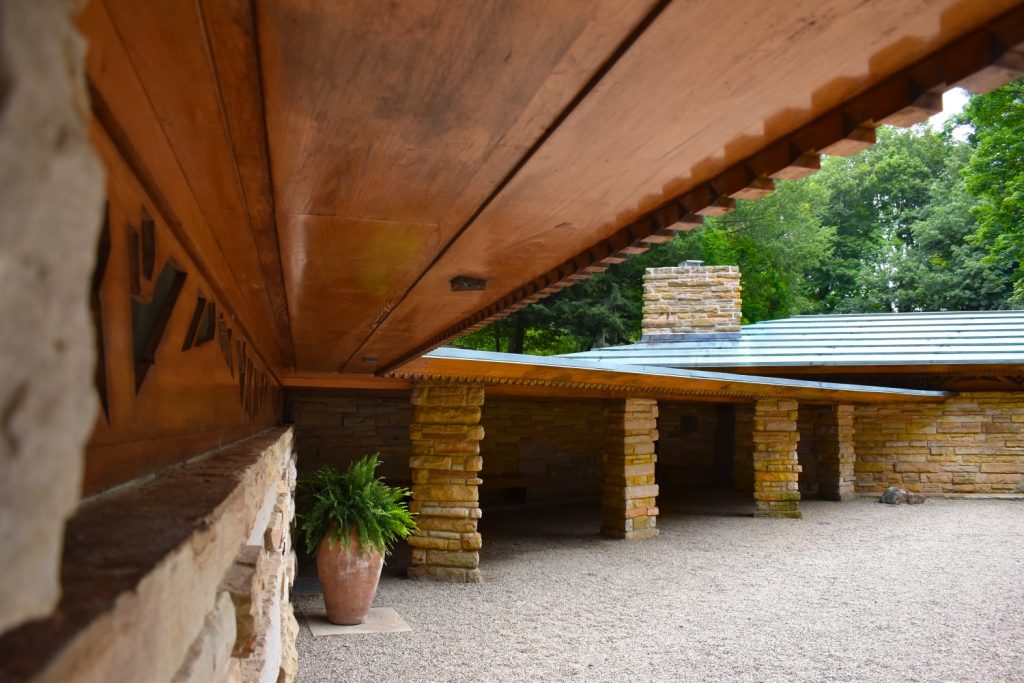

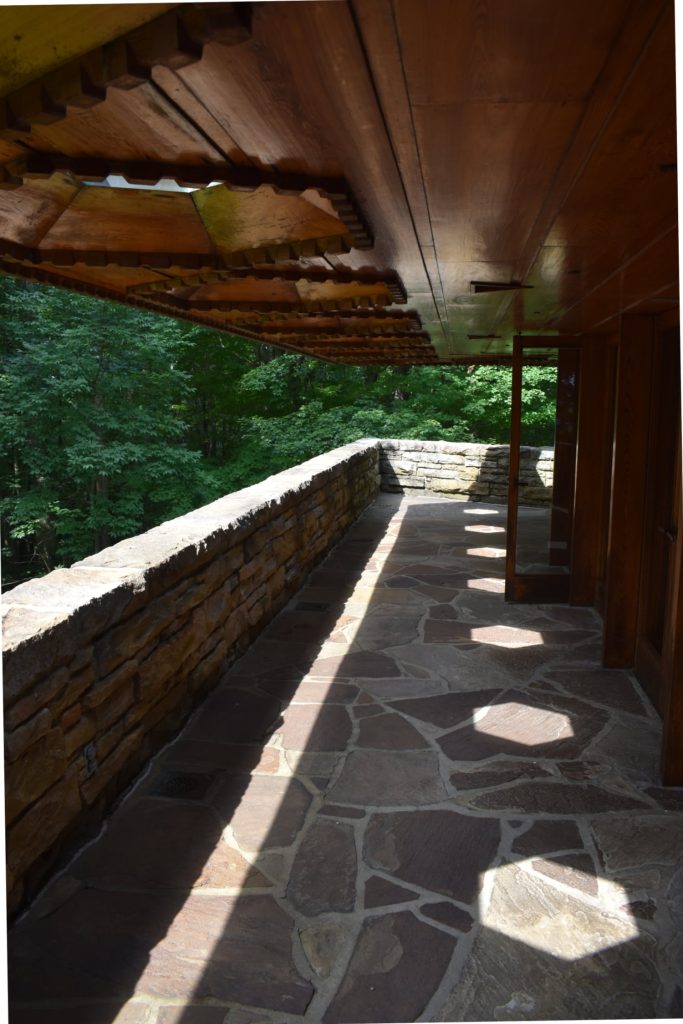
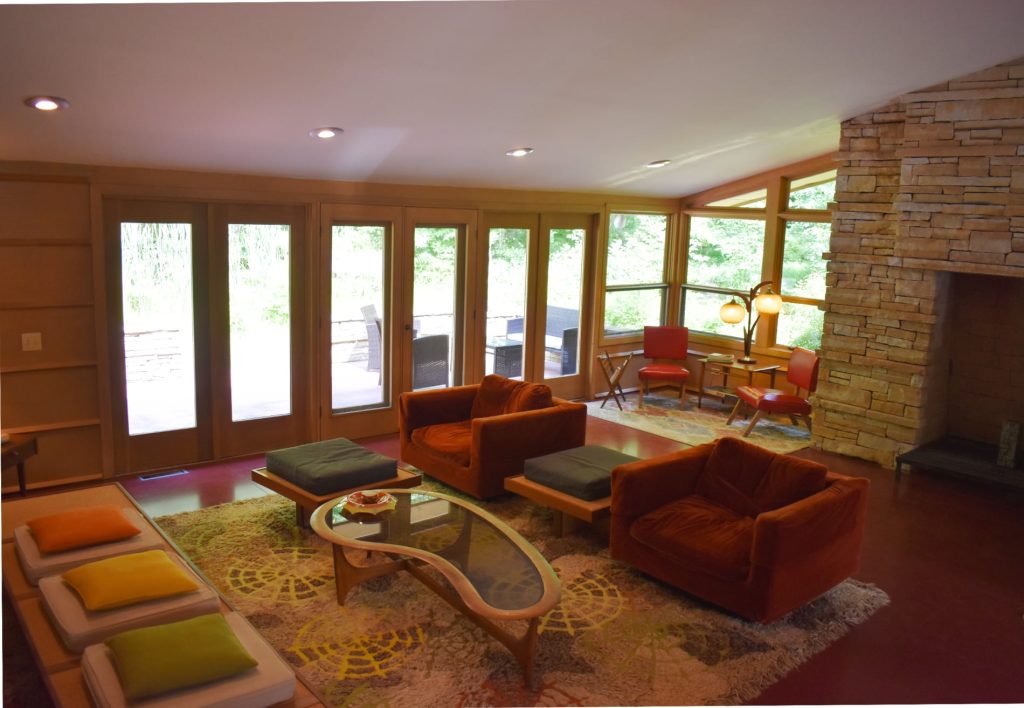
Finally, at the age of 90, he designed one of the most emblematic museums in New York: the Guggenheim. This one defied again the laws of architecture. The man of horizontality turned to the spiral and imagined a building-snail that rises gently to the sky. What an allegory for the end of a life!
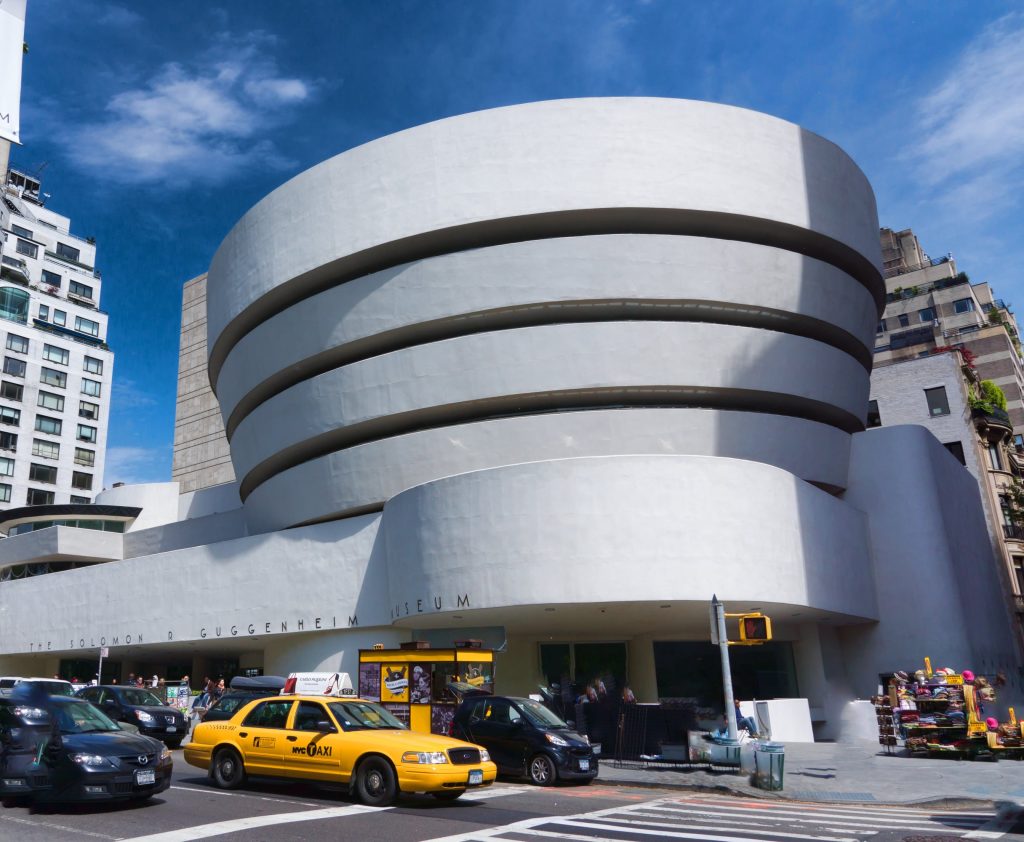
According to Taoist philosophy, a man is born old in order to become young when he grows old.
That’s why, in front of Fallingwater, there is a click, like a vibration of eternal youth that springs from the rocks at the same time as the water and floods the heart of those who know how to look. This realization is not only a house; it is like a mirror that sends us back to our dreams, to our possibilities, to our spiraling life, without beginning and without end.
Frank Lloyd Wright understood this and chose to become, in the face of the modernists of the time, something much greater: the architect of our soul.
Text from Claudia Gillet-Meyer and photos from Régis Meyer ( less the last one)
More about :
